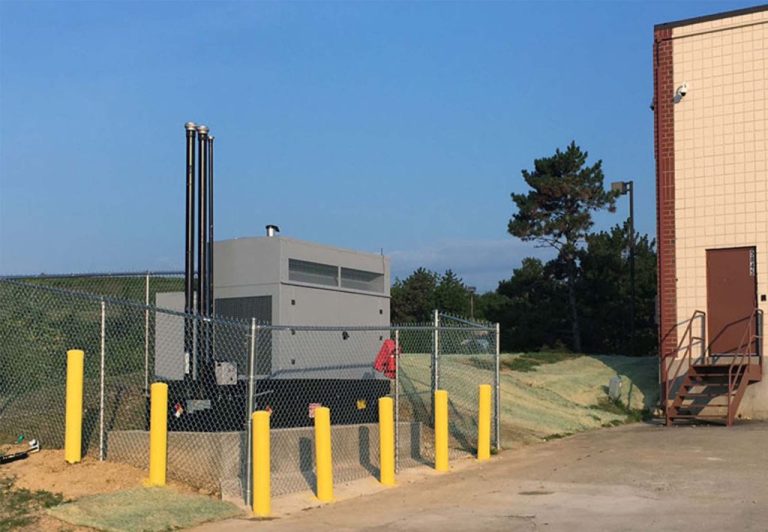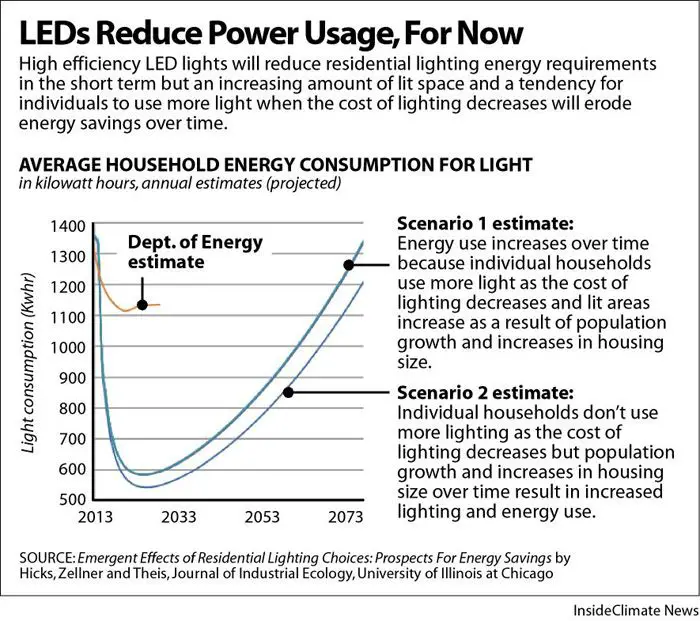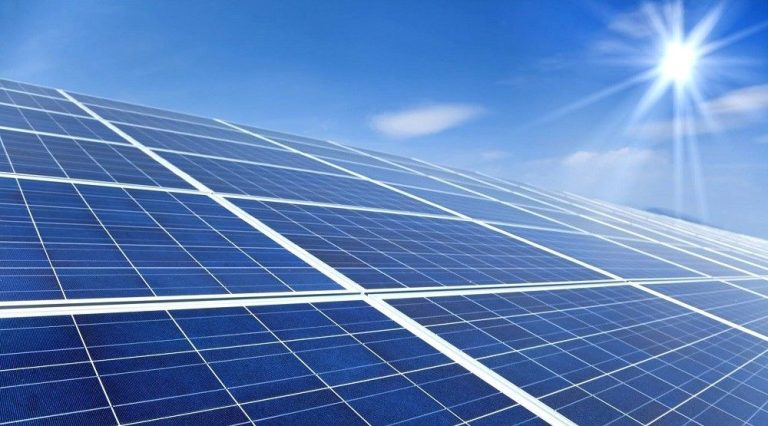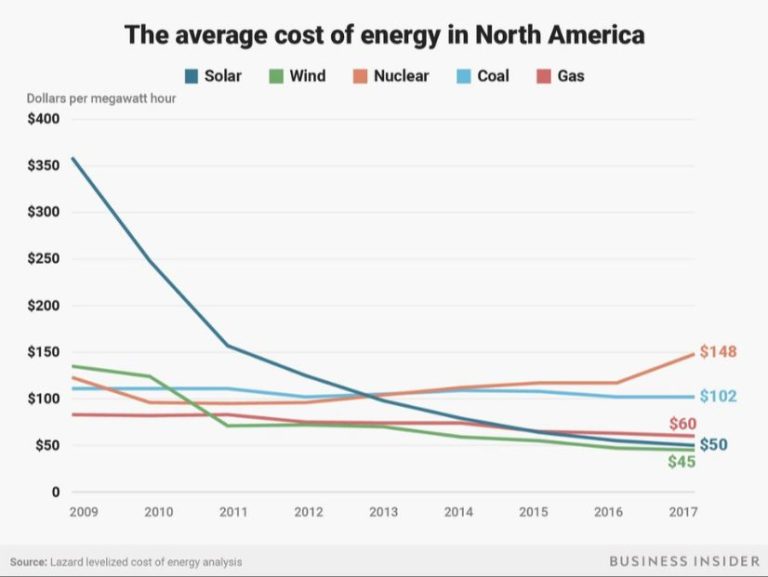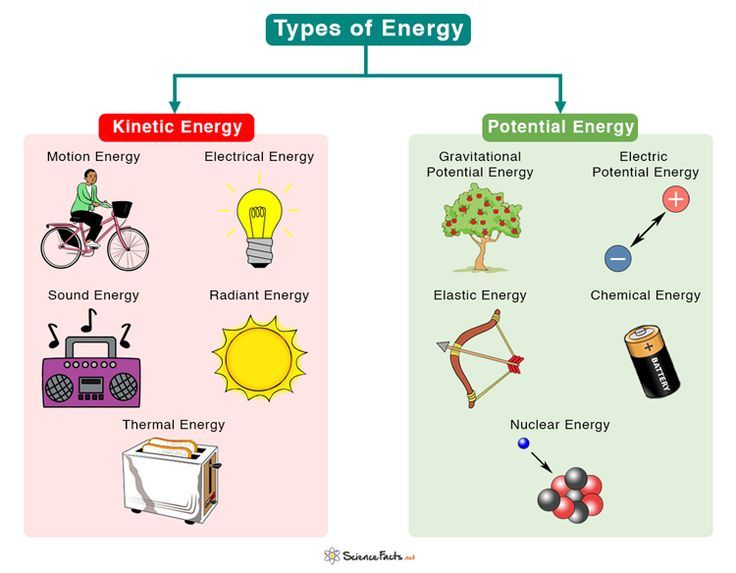How Is Light Energy Converted To Chemical Energy Through Photosynthesis?
Photosynthesis is the process plants and some bacteria use to convert sunlight into chemical energy in the form of glucose. During photosynthesis, plants absorb sunlight and carbon dioxide to produce glucose and release oxygen as a byproduct.
This process occurs in two main stages. The first stage, called the light reactions, converts solar energy into chemical bonds. The second stage, called the Calvin cycle, converts carbon dioxide into glucose. Photosynthesis is powered directly by sunlight. Plants absorb light energy using chlorophyll in their leaves. The captured energy is then used to convert carbon dioxide and water into oxygen and energy-rich carbohydrates like sugars and starches.
Photosynthesis is essential for all aerobic life on Earth. It provides the oxygen we breathe and much of the food we eat. By absorbing carbon dioxide, it helps regulate Earth’s carbon cycle and climate. Understanding photosynthesis is critical as we work to address climate change and develop clean energy solutions.
Light Energy
Photosynthesis starts with the absorption of light energy by pigments such as chlorophyll. The typical color of chlorophyll is green because it primarily absorbs light in the red and blue wavelengths, reflecting green light. Two major peaks in chlorophyll absorption occur in the blue range around 450nm and the red range around 660nm.
When a photon of light is absorbed by chlorophyll, its energy is transferred to an electron in the chlorophyll molecule. This excites the electron to a higher energy state, enabling the electron to move to another molecule. The movement of the energized electron initiates the light-dependent reactions of photosynthesis which convert light energy into chemical energy that can be used by plants.
Chloroplasts
Chloroplasts are organelles found in plant cells and some algae that conduct photosynthesis. They have a complex internal structure composed of thylakoids stacked into columns called grana. Chloroplasts contain the green pigment chlorophyll, which captures light energy to fuel photosynthesis.
The chlorophyll is embedded in the thylakoid membranes inside chloroplasts. When light strikes chlorophyll, it absorbs the energy, which is used to drive the light-dependent reactions of photosynthesis. Chlorophyll gives chloroplasts and leaves their green color.
In addition to chlorophyll, chloroplasts contain enzymes and other molecules required for the biochemical reactions of photosynthesis. This is why chloroplasts are the site of photosynthesis in plant cells. They convert the light energy into chemical energy that plants use to grow and function.
Light Reactions
The light reactions occur in the thylakoid membranes within chloroplasts. When photons from sunlight hit the chlorophyll in the thylakoid membranes, it excites electrons in the chlorophyll. The excited electrons are then passed along an electron transport chain, which creates a proton gradient that drives ATP synthase to produce ATP. This stage generates oxygen as a byproduct. The ATP and NADPH produced by the light reactions will be used in the next stage of photosynthesis, the Calvin cycle.
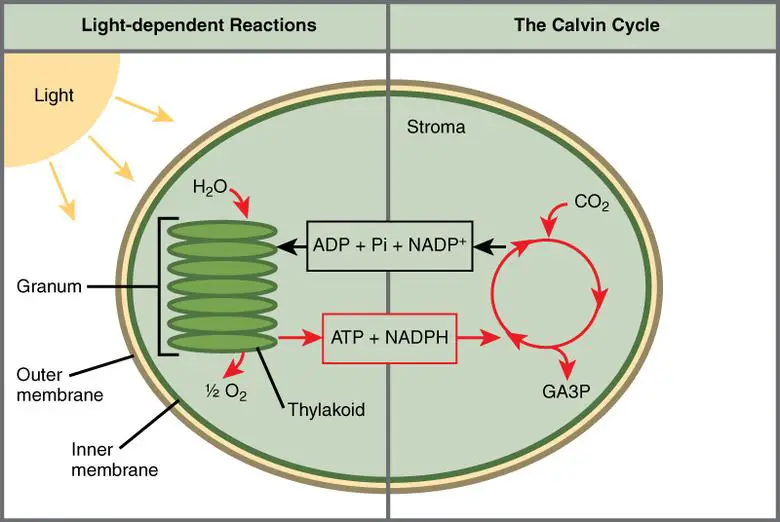
Calvin Cycle
The Calvin cycle, also known as the dark reactions, is the second stage of photosynthesis where carbon fixation occurs. This process happens in the stroma of the chloroplasts. An enzyme called Rubisco catalyzes the fixation of carbon dioxide by adding it to a five-carbon compound called ribulose bisphosphate (RuBP).
This forms an unstable six-carbon compound that immediately splits into two three-carbon molecules called 3-phosphoglyceric acid (3-PGA). The ATP and NADPH produced during the light reactions provide the energy and electrons to reduce 3-PGA into glyceraldehyde-3-phosphate (G3P).
Most of the G3P gets recycled to regenerate RuBP so the Calvin cycle can continue. However, one out of every six G3P molecules gets converted into other forms of sugar like glucose.
In this way, the Calvin cycle uses the ATP and NADPH from the light reactions to convert carbon dioxide from the atmosphere into glucose that can be used by the plant or stored as chemical energy.
Oxygen Production
Oxygen is a byproduct of the light reactions in photosynthesis. As photons are absorbed by chlorophyll in the thylakoid membranes of chloroplasts, electrons are energized and transferred through electron transport chains. This electron transport process ultimately generates energy compounds like ATP and NADPH. A side effect of this electron transport is that it oxidizes water molecules, splitting them to release oxygen gas as a byproduct.
This oxygen gas is then released from the chloroplasts into the surrounding environment and atmosphere. In this way, photosynthesis acts as the original source of almost all of the oxygen in Earth’s atmosphere. Without photosynthesis constantly replenishing atmospheric oxygen, most aerobic lifeforms would be unable to survive.
Glucose Production
During the light-independent reactions, also known as the Calvin cycle, glucose is produced as the end product. This takes place in the stroma of the chloroplasts, where carbon dioxide and ATP are converted into organic sugars. The Calvin cycle utilizes the ATP and NADPH produced during the light reactions in order to fix CO2 into three-carbon sugars. These three-carbon molecules are then combined to form glucose, a six-carbon sugar molecule. Glucose contains the chemical energy that was originally absorbed from sunlight, now stored in its carbon bonds.
Once glucose is produced, it can be transported out of the chloroplasts through specific transport proteins. This allows the glucose to be used throughout the plant cell for energy. Glucose produced during photosynthesis is the primary energy source for plants. It provides the building blocks and energy needed for plant growth, development, storage, and reproduction. The creation of glucose is the key function of photosynthesis, as this sugar molecule contains the captured energy from sunlight in a form that can be transported and utilized by the plant.
Chemical Energy Storage
One of the key outcomes of photosynthesis is the production of glucose, which is a simple sugar. Glucose is made up of six carbon atoms, twelve hydrogen atoms, and six oxygen atoms (C6H12O6). The arrangement of these atoms in the glucose molecule stores chemical energy in the bonds between them.
This stored energy can then be released and utilized by the plant. When the glucose molecules undergo cellular respiration, the bonds are broken and the stored energy is converted into ATP, which is the molecular energy currency used by cells. Photosynthesis therefore provides the chemical energy that powers essentially all life on Earth.
Impact on Life
Photosynthesis provides the energy that supports virtually all life on Earth. Through photosynthesis, plants, algae, and some bacteria are able to capture light energy and convert it into chemical energy that they can use as fuel. This chemical energy, stored in the form of glucose and other carbohydrates, is then used by the photosynthetic organisms for energy and to build their cells and tissues. But perhaps even more importantly, photosynthesis provides the foundation of food chains and entire ecosystems.
When animals eat plants, algae, or other organisms that photosynthesize, they gain access to the chemical energy that originated from the sun. The energy stored in the chemical bonds of glucose and other carbohydrates flows upward through the food chain as herbivores eat plants, carnivores eat herbivores, and so on. No ecosystem could exist without the ability of photosynthetic organisms to harness the sun’s energy and convert it into a form that all living things can utilize. In this way, photosynthesis provides the basic energy source that sustains almost all life on Earth.
Conclusions
In conclusion, photosynthesis is an essential process that supports life on Earth by converting light energy from the sun into chemical energy that is stored in glucose. Through a complex series of reactions that take place in chloroplasts, sunlight powers the synthesis of organic molecules from carbon dioxide and water, releasing oxygen as a byproduct.
The light reactions of photosynthesis initially convert light energy into ATP and NADPH through photolysis of water and the electron transport chain. The Calvin cycle then uses these energy carriers to fix carbon from CO2 into sugar molecules. This process provides the chemical building blocks and energy that plants and other photoautotrophs need for growth and reproduction. It also continually replenishes atmospheric oxygen needed by aerobic organisms.
While the overall mechanics of photosynthesis are well understood, there are still areas requiring further research. Scientists continue investigating how photosynthetic efficiency can be improved, particularly in crop plants. There is also ongoing study of how photosynthesis could be altered to help remove excess carbon dioxide from the atmosphere. By better comprehending the intricacies of this vital process, we can gain insights to help sustain life on Earth as we know it.

